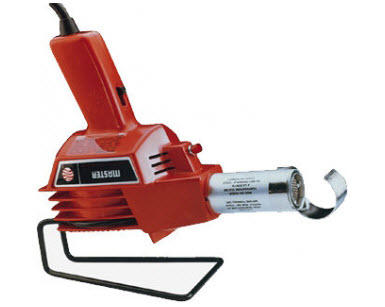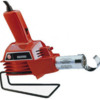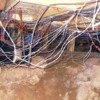A discussion has developed on another forum regarding the practice of securing heat shrink to electrical connections that I feel is quite interesting. This discussion, while not yet heated (excuse the pun) is causing some friction. I am a proponent of using a heat gun especially while working under the layout. For safety sake, I try to avoid using an open flame wherever and whenever possible. Do you use a heat gun, hair dryer, match, butane lighter or some other method of applying heat to shrink the tubing?
Replies sorted oldest to newest
Heat gun.
No offense to you, but those guys need something else to talk about. Doesn't matter what you use as long as you are safe and comfortable.
We really need a new catalog to talk about....
Take care!
I use a fireplace lighter with extreme,and I mean extreme care.
I use a fireplace lighter with extreme,and I mean extreme care.
i second the vote on that...thats what i used too..even on real cars....the lighter flame hits in a small pattern ...heat gun has a wide area of heat and would be to much most of the time..lighter works in tight areas too..
I use a fireplace lighter with extreme, and I mean extreme care.
Use one of these myself, at the workbench (where I do most work involving heat shrink tubing). I have been thinking about buying a small heat gun just for this type of stuff. I definitely think a heat gun or hair dryer would be much safer than the way I do it at the bench and especially under the wooden layout.
Although you could probably cause a fire with powerful enough heat gun, I don't see how there could be much argument as to what is safer - hot air vs. open flame for chance of fire.
I have an old 1200 Watt hair dryer and a heat gun. If I have any concerns about excessive heat, I use the hair dryer, otherwise the heat gun is much faster. I don't use open flames.
My propane torch was a bit excessive, since I happen to own a heat gun it is easier just to use the heat gun.
I use a heat gun with the wrap-around tip that applies the heat all around the wire without having to work my way around it.
Anybody who uses an open flame underneath or even above a platform are not paying attention. You are taking your life and others by using an open flame.
Heat gun for me too - I like having the ability to adjust the temperature so that I don't burn the shrink wrap.
-John
The results here are about the same as on the other forum.
Don
My propane torch was a bit excessive, since I happen to own a heat gun it is easier just to use the heat gun.
Not Mapp gas?...it's far quicker{hotter} ![]()
...heat gun with the small hole tip attached...I don't have the curled over tip like John has- but I like that idea!
I use an inexpensive heat gun that was purchased from MicroMart years ago, no open flames(possible fire issue) and controlled(directed) heating, I have also used this heat gun to defrost frozen auger on my snowblower stored in the garage during the recent subzero temperatures.
Attachments
Hey rail, not by a long shot!
Thank you everyone for contributing to this thread.
The results here are about the same as on the other forum.
Don
Well put.
Don't make this too complicated...
There were people on the other forum that said they used a match to shrink the tubing. Rail (Don) was one that endorsed that method and was annoyed that I even asked the question. I put the question on this forum to see what the replies were from another group. Hopefully no one will burn their house down and cause loss of life by using a match to shrink tubing, especially while working under the layout platform. If I offended you, 86TA355SR, I am sorry but there are other points of view besides yours.
I wasn't annoyed at all, in fact, I thought is was cool that you brought the subject up on this forum.
Don
Soot from an open flame on the shrink tubing is counter-productive for an insulating sleeve!!
I use an acetylene torch,got to make sure things "heat"up properly.
There were people on the other forum that said they used a match to shrink the tubing. Rail (Don) was one that endorsed that method and was annoyed that I even asked the question. I put the question on this forum to see what the replies were from another group. Hopefully no one will burn their house down and cause loss of life by using a match to shrink tubing, especially while working under the layout platform. If I offended you, 86TA355SR, I am sorry but there are other points of view besides yours.
No offense taken! At the end of the day if you haven't burned anything down and you have all your fingers, it was successful!
Good luck!
As a retired factory rep I can say that it depends...
If you simply want electrical insulation, anything that covers exposed electrical conductors may be OK at our voltages.
If you want maximum protection, it may be best achieved with a heat gun that directs heat uniformly around the conductor so the heat shrink ends up with the same thickness around the conductor and connector.
You might ask yourself how you would direct an open flame 360° around the conductor you are trying to insulate and not overheat/underheat part of the heat shrink?
If you were paying someone to work for you, which type of work would you feel more comfortable with?
When I use heat shrink I use a heat gun with an appropriately sized tip that directs the heat 360° around the splice.
Its your money so anything that suits you, is safe (in your hands) and accomplishes the objective is OK.
http://solutions.3m.com/wps/po.../HeatShrinkProducts/
Most heat shrink does not seal against moisture. I normally use adhesive lined heat shrink splices that give me a moisture resistant splice.
http://solutions.3m.com/wps/po...c3&sorttype=list
Actually, I normally use 3M Insulation Displacement Connectors for 90% of my splices.
http://solutions.3m.com/wps/po...tricalWireConnTools/
Attachments
There's a couple of ways I use:
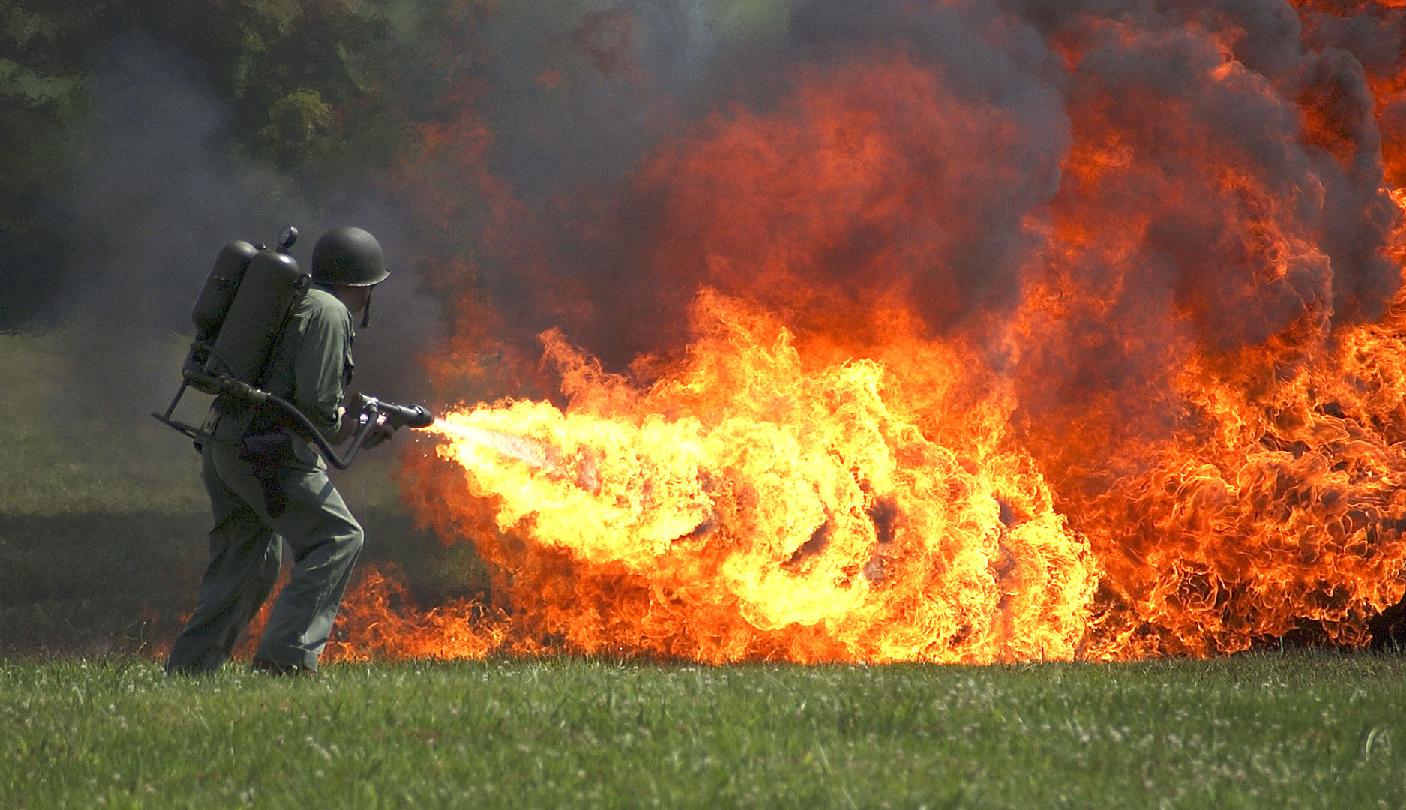
Or:
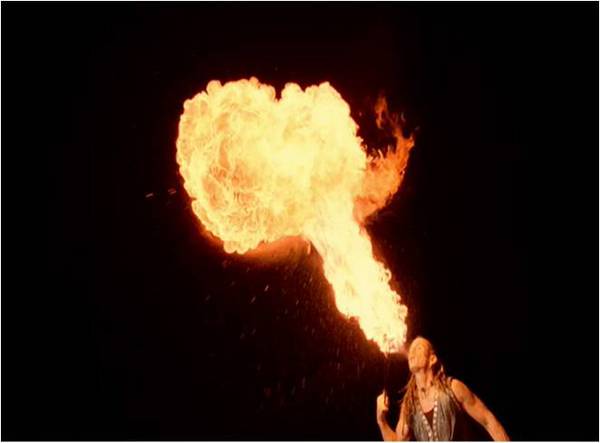
Jerry
I only use moisture resistant connections where there is a potential problem such as the layout under the leaky roof or the outside layouts. There are two coolers positioned under the major leaks plus a couple smaller leaks I have not yet found.
There is an underground spring in the crawl space (really).
My layouts are in somewhat challenging locations with well over 1,000 assorted splices but they were the spaces my wife objected the least to. ![]()


I also have one of the Weller heat guns. Very handy and quick.
Does anyone make a cordless (electric) heat gun for this application?
How did you get that picture of whats under my layout??? ![]()
Its like I tell everyone. There are only one or two wires...
Two wires to this switch, one wire to that siding (over and over and over).
I can remember a mechanical switch to control something easier than I can remember which button to push on a keypad.
Show me a layout with a lot of switches, uncouplers, sidings and lights and I know there is a lot of wiring spaghetti on or below it (or electronic spaghetti). ![]()




